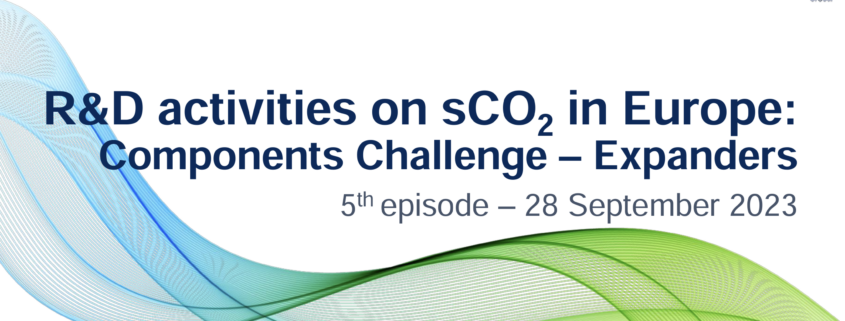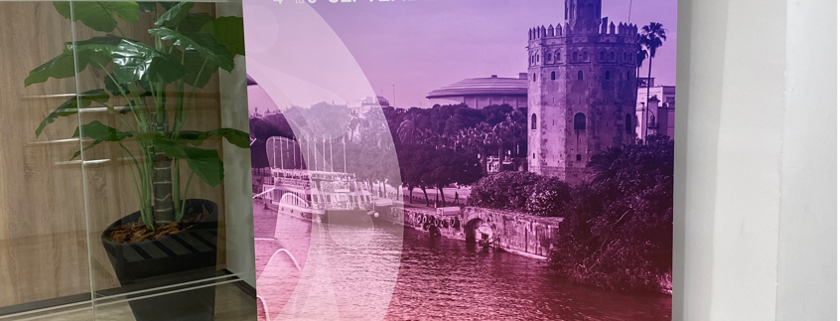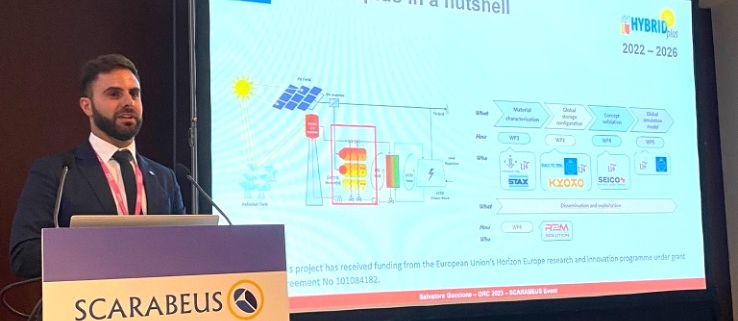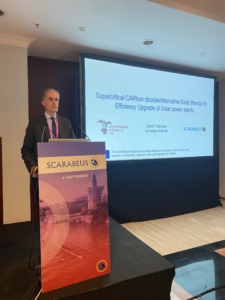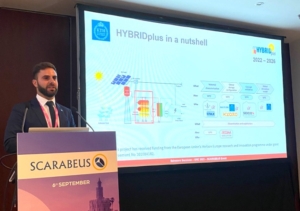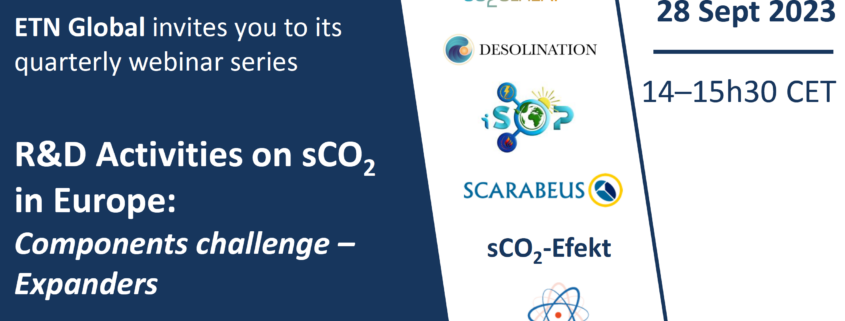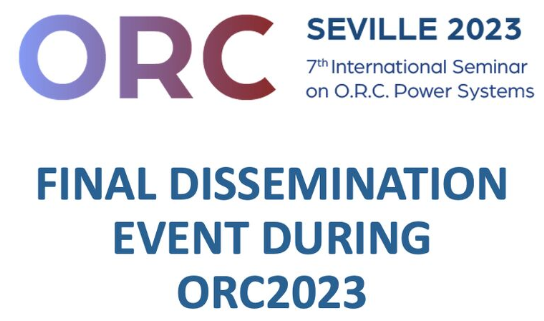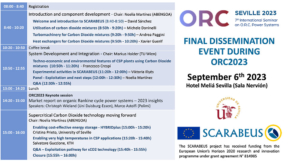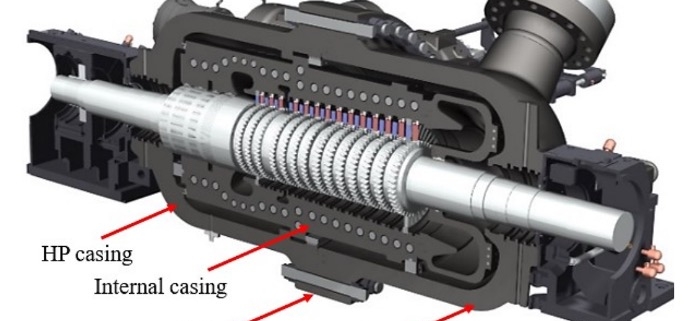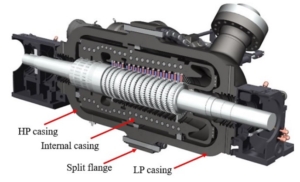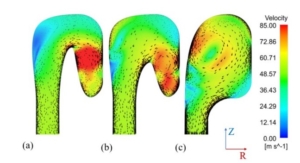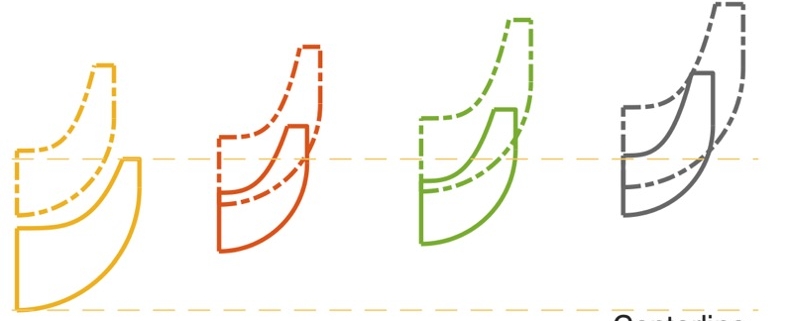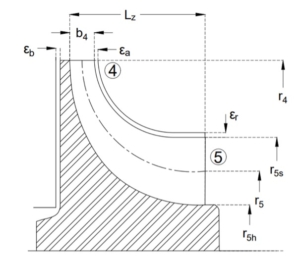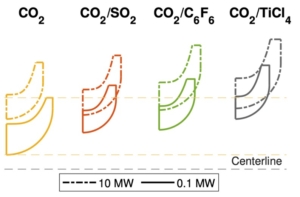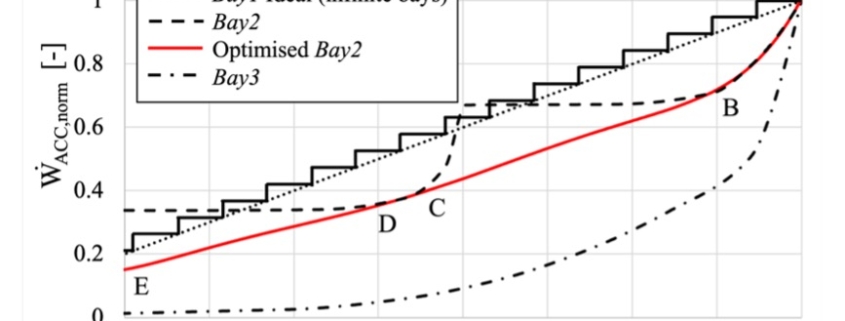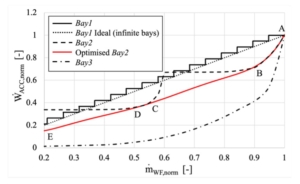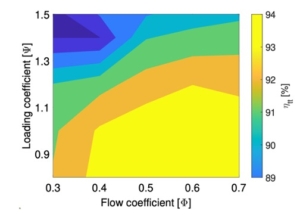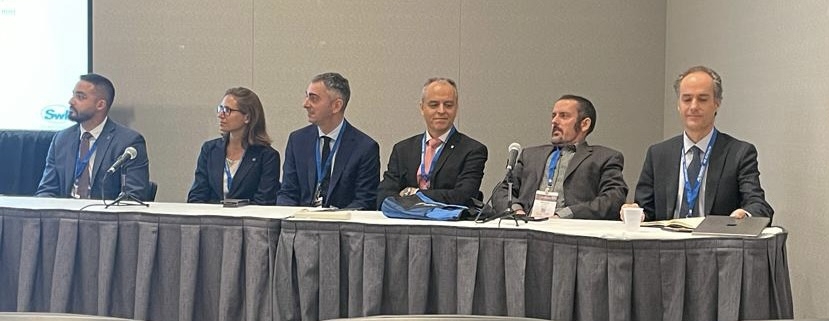Turbo Expo is the flagship conference in the field of turbomachinery for power generation and aircraft and marine propulsion. The conference gathers ~2500 professionals annually, who meet to share the latest development of the scientific and industrial communities through technical, panel and tutorial sessions as well as keynote talks. The conference is organized by the International Gas Turbine Institute of the American Society of Mechanical Engineers.
Turbo Expo has been one of the preferred venues to disseminate the outcomes of the SCARABEUS project, as communicated in previous years on this website, and this year has not been different.
In the first day of this year’s conference, held at the Hynes Convention centre in Boston (MA), Prof. David Sánchez organised a panel session to introduce the “Supercritical CO2 Projects in the International Community”. Seven projects funded by the Horizon 2020 and Horizon Europe programmes of the European Commission were presented in this session, followed by a very interesting panel discussion. The SCARABEUS project broke the ice, setting the stage for the other projects to complete the landscape of supercritical Carbon Dioxide research in Europe. The kind support of Eric Clementoni (Bechtel Marine Propulsion Corporation), stepping forward as improvised Co-Chair of the session due to the absence of Dr. Jason Wilkes (Southwest Research Institute) is gratefully acknowledge.
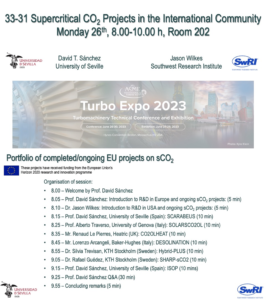
Intro slide and session schedule of panel on international Supercritical Carbon Dioxide projects
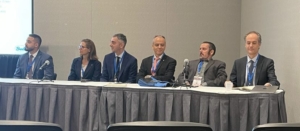
Panellists of session 31-31 (from left): Rafael Guédez (KTH), Silvia Trevisan (KTH), Lorenzo Arcangeli (Baker Hughes), Alberto Traverso (University of Genoa), Renaud Le Pierres (Meggitt), David Sánchez (University of Seville)
The main outcomes of the SCARABEUS project were also presented at another panel session, “Supercritical CO2 Research & Development”, organised by Renaud Le Pierres (Meggitt, UK), where Prof. David Sánchez (Dissemination Coordinator of the SCARABEUS project) shared the stage with distinguished speakers from Europe and North America: Vittorio Michelasi (Baker Hughes, Italy), Nathan Weiland (National Energy Technology Laboratory, USA), Aaron McClung (Southwest Research Institute, USA), Ty Neises (National Renewable Energy Laboratory). With respect to the session above, this session had a much wider scope, not only discussing today research efforts but also looking into the foreseen needs of the energy market in the future and how supercritical Carbon Dioxide technologies can possibly fulfil them.
In addition to these panel sessions, a number of technical papers were presented at ASME Turbo Expo by the SCARABEUS partners. The team at University of Seville presented a very interesting paper discussing how to optimise the design and operation of Air-Cooled Condensers to enhance part load performance with minimum impact on Capital Costs:
- Rodríguez-de Arriba, F. Crespi, D. Sánchez, L. García-Rodríguez, 2023, Assessment of Part-load Operating Strategies of Supercritical Power Cycles Using Carbon Dioxide Mixtures in CSP Plants, Including Air-Cooled Condenser Optimisation (GT2023-103665), Presented at Turbo Expo, June 26-30, Boston (MA).
The team at City, University of London presented their latest research on the development of axial turbines for Carbon Dioxide mixtures. In this paper, the authors compared the impact of adding certain dopants on the flow path of large axial turbines working with Carbon Dioxide and supercritical inlet conditions:
- I. Salah, M. T. White, A. I. Sayma, 2023, A Comparison of Flow Path Designs for Axial Turbines Operating with Pure CO2 and CO2 Mixtures, Presented at Turbo Expo, June 26-30, Boston (MA).
These technical papers are currently being processed by the editorial services of ASME and will be made available in Open Access in the next months. Keep an eye on the online digital collection and on this website for further information.

